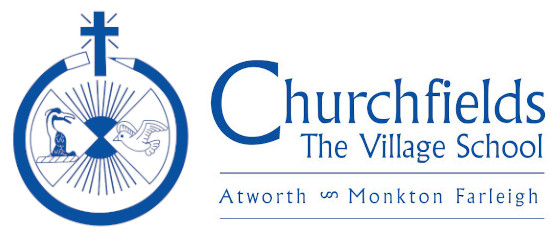Catch-Up Premium
Schools closed for most pupils for part of 2020 and 2021 due to the COVID-19 pandemic. Although remote education was in place for pupils during this time, it is widely recognised that a full educational and social experience is best provided in school.
When schools fully reopened to pupils after each lockdown, teachers used diagnostic assessments to determine where the gaps in children’s skills, knowledge and understanding were across the curriculum. This was carried out using informal methods such as verbal questioning, short answer quizzes and multiple-choice questions; and formal assessments such as EYFS baseline, NFER tests and past national assessments (e.g. Phonics Screening Check for year two pupils who missed their summer assessment).
It is accepted that vulnerable pupils were most impacted over the school closure periods nationally. Although schools were open to vulnerable pupils throughout the lockdown, not all parents/carers took this up for a number of reasons.
The Department for Education has allocated “Catch-Up Premium” funding to all maintained schools across the country to address the needs of our most vulnerable pupils, first and foremost, to address any educational and social/emotional/behavioural issues caused by the lockdown.
At Churchfields, we believe that some pupils experience vulnerabilities outside of the recognised groups (such
as those in receipt of Pupil Premium and with Special Educational Needs and Disabilities). These vulnerabilities
may be either short or long term, but important we recognise and address these needs. The identification of
these additional vulnerable pupils is therefore an important part of our recovery and catch-up strategy. The
needs of our non-vulnerable pupils are also crucial and included in our planning.
Our catch-up priorities at Churchfields are child-led. The needs of our pupils are uppermost when planning our return to a full curriculum. The identification and breaking down of academic, social, emotional and behavioural barriers for individuals, groups and even classes carefully match requirements and are vigorous assessed for impact. Assessments of impact can include the informal and formal methods given above, alongside specific assessments relating to targeted high-fidelity interventions. Our work is then finely tuned based on these assessments to ensure the funding secures value for money.
Changing pupil needs over the recovery and catch-up period dictates a fluidity of support over time. Our
planning at Churchfields is therefore not set in stone, but responsive to need and includes the following
strategies:
Teaching
- Ensuring systems, processes and staff training are in place to secure effective diagnostic, formative and summative assessment practices.
- Additional support for teachers new to their Key Stage who were unable to receive this during the closure period.
- Purchase of additional EYFS resources to address recovery and catch-up needs.
- Identification and purchase of additional resources required for pupils to effectively catch-up whilst still receiving a well-rounded curricular offer.
- Additional ‘class budgets’ allocated to every class to support them address the catch-up needs of their pupils. Purchase of high quality phonic teaching resources for teaching and intervention when required.
- Acquire and set up new learning platform and create systems, processes, policies and procedures to secure their effective use in school and at home.
- Ensure staff receive the training and support they need (e.g. non-contact time to plan in teams) to plan an effective recovery and catch-up curriculum.
Targeted Academic Support
- Specific targeted catch-up for pupils in Upper Key Stage Two who are rapidly approaching the end of their Key Stage and have less time than others to ‘recover’ whilst attending primary school.
- Make use of 1-1, 2-1 and 3-1 in-person tutors made available through the ‘National Tutoring Programme’. This is a government initiative to support schools by providing below-cost tutors as needed. Individuals and groups to receive tutoring are identified by class teachers and subject leaders.
- Purchasing of SEN-specific resources.
- Targeted interventions across the school, supported by the appropriate staff (e.g. teacher/teaching assistant). Assessed regularly for effectiveness.
Wider Strategies
- Make available further Emotional Literacy Support Advisor (ELSA) and Teaching Assistant (TA) hours to specifically address the social and emotional needs of pupils affected by the lockdown where this a barrier to their success in school. When needs exceed ELSA availability, the school will invest in the training of an additional ELSA in response.
- Plan for extended Social and Emotional Learning (SEL) curriculum during the recovery phase. This will include appropriate staff training (teachers and/or leadership).
- Provision of information technology resources to vulnerable pupils under specific circumstances to allow them to continue remote/blended learning at home.
- Secure effective staff Continuing Professional Development (CPD) to deliver high quality educational provision via remote learning.
- Develop offering to maintain and increase parental engagement over the lockdown.


